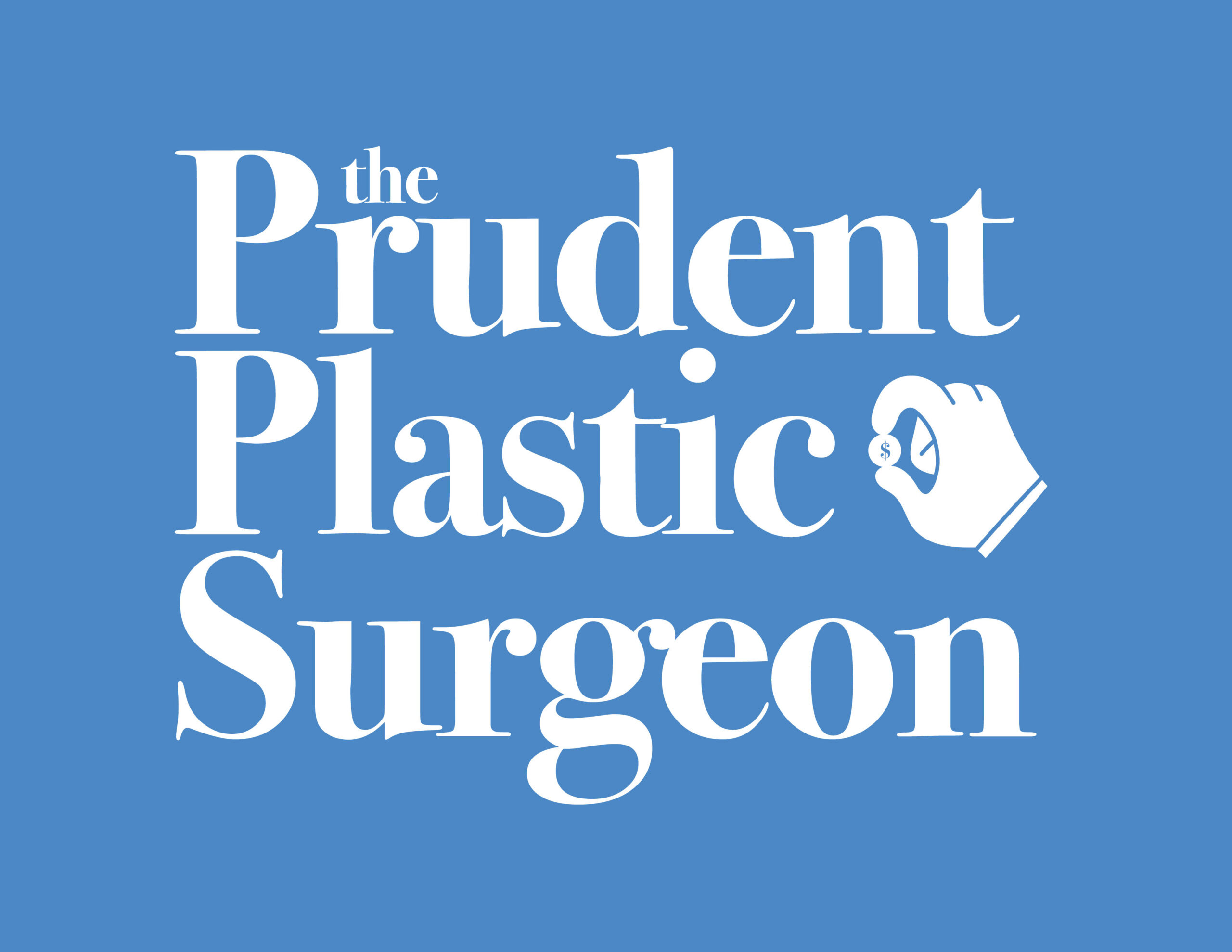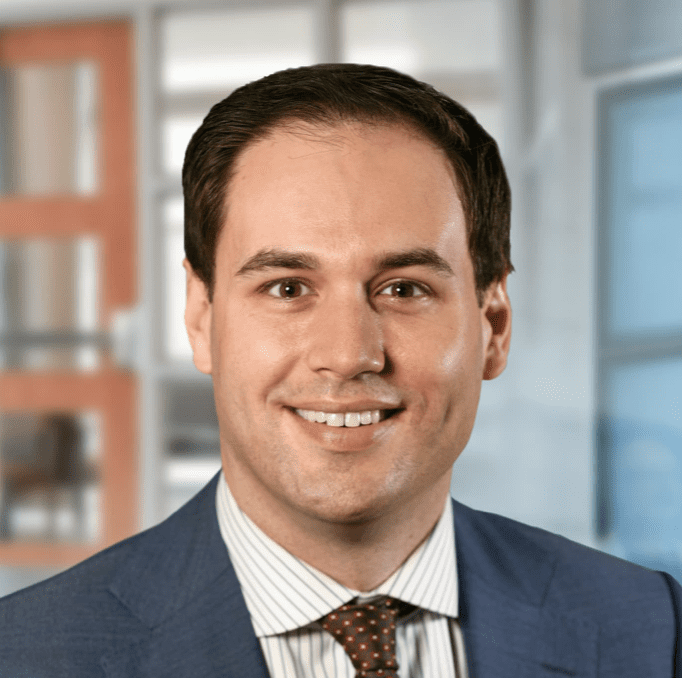Whether you are brand new to personal finance or a seasoned investor, there are always things you can do and habits to build to set yourself up financially for a great new year. And January 1 is the perfect time to start looking at your financial checklist for the New Year!
I think it’s always super important to revisit our goals and check our progress. Remember, we want to use the past to assess our progress against our current reality. Meanwhile, our ideals or goals serve as the compass to guide us forward. This is the important formula to stay in the GAIN.
So, when you go through this list, remember to stay in the GAIN and be kind to yourself. Most of use will not have completed all of these tasks as we intended. Some of us may have even forgotten about this altogether.
Wherever you find yourself in reviewing this financial checklist for the New Year, use this as a time to reflect on your progress and reorient/reinvest in your goals!

1. Step up your financial education
This is a no-brainer.
Again, no matter where you are in your financial journey, you can always learn more. For me, this is what makes personal finance so fun and so satisfying. Much like medicine.
So, my recommendation is to pick one personal finance book to read this year. My guess is that you will read more than one. But just start with one. No need to overwhelm yourself by buying 7 books and getting too intimidated to start reading.
If you are just starting, here are 3 recommendations:
- The Millionaire Next Door
- The Coffeehouse Investor
- The Richest Man in Babylon
And here are 3 recommendations for those a bit further along:
- The Bogleheads’ Guide to Investing
- The Intelligent Investor
- How to Think About Money
These are some other recommendations! Or check out my best-selling book, Money Matters in Medicine for a one-stop resource!
2. Start or refine your budget
The New Year is the perfect time to look into your expenses and spending, whether for the first time ever or as a refresher.
And there is no better way to do this than to create or refine your budget.
Again, I know that most people get really squirmy around budgets. But remember, a budget is your treasure map. You create it based on your financial goals and it tells you how to get there. Then you just follow the budget.
Try thinking of a budget as permissive. It tells you what you can buy. Rather than thinking of it as restrictive and telling you what you can’t buy. Your budget isn’t restrictive. Really if you think about it, your financial goals are restrictive. And that’s fine because they are worth it. I don’t buy a boat because I instead pay off my debt to reach financial freedom quicker. It feels a lot better with this mindset.
So sit down, look at your previous months’ expenses and create a budget that allows you to pay yourself first with a savings rate of at least 20%.
You can even use my budget template here to get going!
3. Optimize your 401k/403b
The next item on the financial checklist for the New Year is to make sure your 401k/403b or any other employer-based tax advantages investment account (solo 401k, 457, etc) are optimized.
And by optimized, I mean the following:
- Maximally funded, at least enough to get the employer match
- Invested appropriately in low cost broadly diversified index funds
- Match your chosen asset allocation
For some of you, this may mean learning about what these investment accounts actually are from this post, starting to fund them for the first time, or determining your asset allocation using this guide.
For others, it may require checking to make sure that the money you contributed is actually responsibly invested. Many of you may be funding your retirement accounts but never looked at what they are actually invested in. And you will likely be shocked to find out they were automatically put in high cost, actively managed funds. If this is the case, this post will teach you to buy low cost broadly diversified index funds. Then you can change your investments appropriately.
Now some of you may have these accounts fairly optimized already. However, I still recommend checking them to make sure all is still set up according to your financial plan.
You will also need to…
4. Re-balance your asset allocation
Remember, by re-balancing your asset allocation on a yearly basis, you are guaranteeing that you buy your investments low and sell them high.
And that’s how you make money.
So, the New Year is a perfect time to re-balance your asset allocation if you haven’t in awhile.
Here’s an example…
Let’s say your chosen asset allocation is 80% stocks and 20% bonds. Well, this past year it’s very likely that your stocks outperformed your bonds. So you find that your current asset allocation is actually 90% stocks and 10% bonds.
You now have 2 choices:
- Sell stocks (high) and buy bonds (low) to even your allocation back to 80/20
- Just buy more bonds (low) until your allocation gets back to 80/20
I recommend going with option #2. But either way is a big win.
You may have to do this by adjusting your investments across multiple accounts. But this is important to do to maintain your investments according to your financial plan.
A quick aside…we are currently in a b ear market as of this writing. But, if your yearly asset rebalancing is scheduled, you should still do it, regardless of current market conditions. If you are not due to rebalance for a bit, don’t do it now. Wait for when it is scheduled. Basically, keep to your plan.
5. Make getting debt free a priority
Yes!
Please get debt free. In my opinion, way too many people are currently caught up in the idea of interest arbitrage. I understand the idea of taking money you would use to pay off low interest debt and instead use it to invest in higher return assets.
But remember, higher return equals higher risk.
And paying off debt is a guaranteed return. And becoming debt free will increase your cash flow. Plus I’ve never met anyone upset that they became debt free.
This is my strategy to become debt free which I am pursuing aggressively. I always recommend the same to others.
You can also see if refinancing your debt will help you in this pursuit. Using this link you can even get $1,000 cash back when you refinance…
6. Invest in the Backdoor Roth IRA
This is actually something that I only started doing in 2023 as I explain here…
But, for most of you and eventually for me, investing the yearly limit of $7,000 in a backdoor Roth IRA is a great thing to do.
And the New Year is a perfect time to take the steps to do this. (That’s why it’s on this financial checklist for the New Year!)
The steps are pretty simple:
- Open a traditional IRA in any brokerage
- Add $7,000 (or less)
- Transfer this amount to a Roth IRA
- Invest according to you financial plan
Now your money will grow tax free until it is withdrawn.
The only catch with this is the pro rata rule. This basically says you can’t do the backdoor Roth (well technically you get a financial penalty) if you have money in a traditional or SEP IRA. So make sure all such accounts are cleared out before you make the backdoor Roth contribution.
7. Review your protection
It’s amazing how much changes over a year. That’s why the next item on the financial checklist for the New Year is to review your protection.
This means looking over your life, disability, umbrella, and malpractice insurance.
Ask yourself the following questions:
- Do I still need these insurances?
- Do I have enough coverage in the event I needed to use one of these insurances?
- Am I paying a fair amount for the coverage I have/need?
If you are unsure about your answers for any of these questions, consider reaching out to one of my recommended independent insurance brokers here.
8. Update your written financial plan
Many of you will know that I am obsessed with financial plans. At least in my recommendation that all of you should have one and review them every once in awhile.
And what better time than the New Year?!
So, if you don’t have a written financial plan, the first thing to do is read this post that includes my actual written financial plan. The next thing to do is to start creating your own.
And if you need more help, consider learning more about my course, Graduating to Success, that will teach you all you need to know to accelerate your path to financial freedom!
If you already have a written financial plan, look it over and amend any financial goals and/or priorities.
Then look at your investment plan and make sure that it still is leading you to your financial goals. If not, consider making adjustments (after a 3 month waiting period of course!).
This is the roadmap to your financial freedom!
9. (Bonus!) Invest in real estate
This is a bonus add to the financial checklist for the New Year.
I really believe in real estate investing as a wealth accelerant that physicians are particularly well positioned to take advantage of.
And really all physicians can invest in real estate. Whether it be via:
- Real estate investment trusts (REITs)
- Syndications
- Real Estate Funds, or
- Direct real estate investments
So, take some time to learn about it. And see if how it can be right for you.
Selenid and I have used real estate to increase our net worth from -$400k to >+$400k in about 14 months as laid out here.
And you can see how one investment property changed our financial situation drastically here!
And finally, this Real Estate Investing Guide for Physicians will give you a great overview of all of your options and how real estate investing can help you.
Here’s to a fabulous New Year, personally, professionally, and financially!
You can also see my most recent My 7 New Financial Plan Changes here.
What do you think? Anything to add to this financial checklist for the New Year? What are you doing to reach financial freedom this year? Let us know in the comments below!




Do syndications enable you to benefit from the tax aspects of real estate?
Yes! They’re tax advantages like depreciation pass on to the investors.
That’s great to know, thank you!
My checklist this year for 2022 financial goals includes investing in a syndicate
Great goal! The most important thing with syndications is doing your due diligence up front